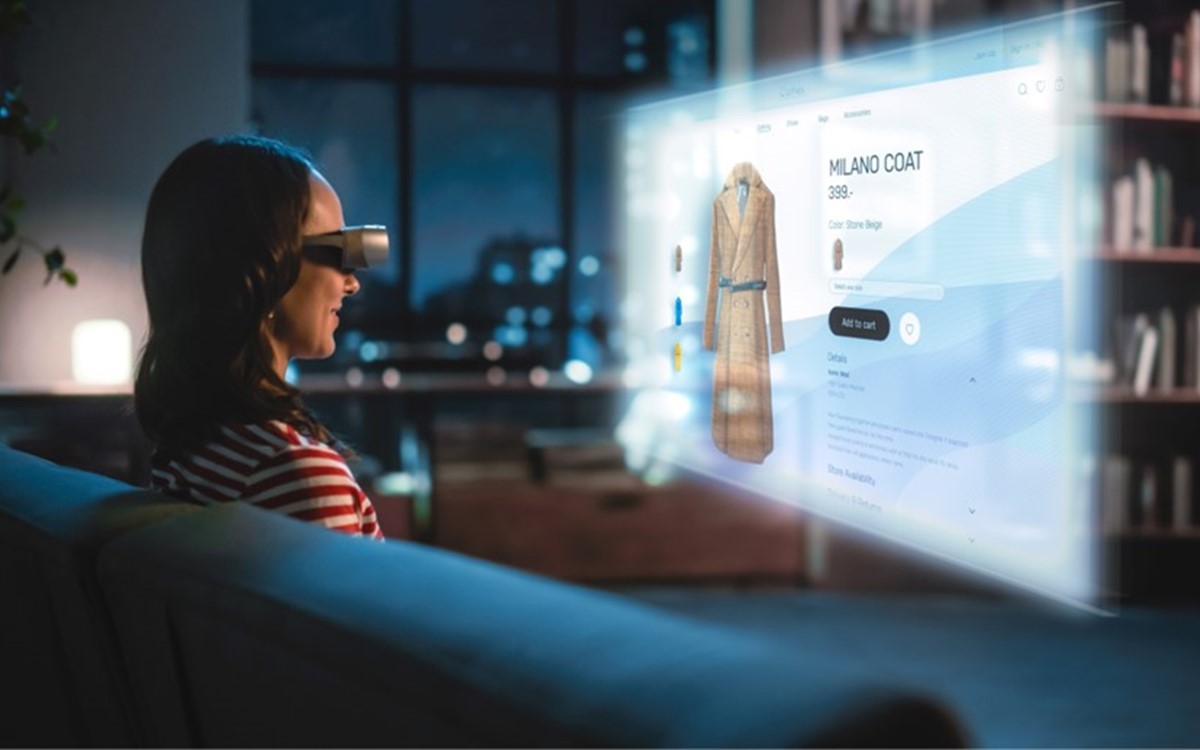Combating retail shrinkage: Innovative strategies for profit protection in the digital age
Fujitsu / October 25, 2024
Shrinkage has become a $379 billion (*1) global problem for retailers, threatening profit margins and operational efficiency. As sophisticated theft techniques and operational errors continue to plague the industry, retailers must adopt innovative, technology-driven strategies to protect their bottom line. This article explores the hidden costs of retail shrinkage and introduces advanced solutions that not only safeguard profits but also enhance the overall customer experience.
The growing threat of retail shrinkage
Retail shrinkage has evolved far beyond simple shoplifting incidents. Today, retailers face a complex web of challenges that collectively contribute to staggering losses that impact not just inventory, but also profitability, pricing strategies, brand reputation, and employee morale.
• External theft remains a primary concern, with sophisticated criminals employing advanced techniques to outsmart traditional security measures. Organized retail crime rings, in particular, pose a significant threat by targeting high-value merchandise and operating across multiple locations.
• Internal theft, perpetrated by employees with insider knowledge of store operations and security protocols, presents another layer of complexity. The ongoing cost-of-living crisis has exacerbated this issue, with some employees rationalizing theft as a means to cope with financial pressures.
• Operational errors, often overlooked in discussions about shrinkage, can accumulate to substantial losses over time. These include mistakes in data entry, pricing discrepancies, and mishandled returns. The rise of self-checkout systems, while offering convenience to customers, has inadvertently created new opportunities for theft and errors.
The impact of shrinkage extends far beyond the immediate loss of inventory. Retailers often compensate for these losses by raising prices, potentially driving away customers. High shrinkage rates can damage brand reputation and erode customer trust. Moreover, resources diverted to combat shrinkage could be better utilized for growth and innovation. In high-shrinkage environments, a culture of mistrust can develop, affecting staff satisfaction and retention.

Innovative technologies reshaping loss prevention
To combat these evolving challenges, retailers are turning to advanced technologies that offer more comprehensive and proactive approaches to loss prevention. These innovative solutions not only help protect profits but also contribute to a more efficient and customer-friendly shopping environment.
Data-driven solutions and advanced analytics
By leveraging advanced analytics and machine learning, retailers can now detect complex fraud patterns that often go unnoticed by traditional methods. These systems analyze vast amounts of data from various sources, including transaction logs, inventory records, and customer behavior. This allows for the identification of anomalies and prediction of potential threats before they escalate into significant losses.
Predictive modeling takes this approach a step further by using historical data to forecast future risks. This enables retailers to anticipate and mitigate shrinkage risks proactively, identify high-risk stores or regions for more effective resource allocation, and develop targeted strategies based on predicted patterns of shrinkage.
AI-powered video surveillance
The integration of artificial intelligence into video surveillance systems has revolutionized retail security. These advanced systems provide real-time monitoring of store activities with exceptional accuracy, automatically identifying suspicious behavior and potential theft. This significantly reduces the reliance on human oversight and enhances the overall efficiency of security measures.
AI-powered surveillance can detect anomalies in real-time and send immediate alerts to store managers or loss prevention teams. By flagging behavior that deviates from typical shopping patterns, these systems enable quick investigation and response, preventing potential losses before they occur.

Transforming inventory management
Accurate stock tracking has become a crucial component of modern loss prevention strategies. Technologies such as RFID and IoT devices enable real-time tracking of stock levels across multiple locations. This capability significantly reduces errors in inventory counts and ensures that discrepancies are promptly identified and addressed.
Real-time inventory visibility allows retailers to quickly detect when items go missing and take appropriate action. This not only reduces shrinkage caused by stock mismanagement or theft but also enhances overall operational efficiency, leading to more profitable operations.
Integrated management controls
By connecting inventory, point-of-sale, and security data, retailers can gain a holistic view of their operations. This integration allows for quicker identification of discrepancies and more effective tracking of inventory movement, making it harder for theft and fraud to go unnoticed.
Implementing effective profit protection strategies
While adopting innovative technologies is crucial, successful implementation of a profit protection strategy requires a comprehensive approach. Here are seven key steps to create and maintain a robust profit protection program:
1) Conduct a comprehensive shrinkage audit: Begin by thoroughly analyzing your current situation. Review inventory records, transaction data, and existing security measures to identify areas of vulnerability and establish a baseline for improvement.
2) Identify key vulnerabilities: Pinpoint specific weak spots in your operations. This could involve particular departments, certain times of day, or self-checkout areas. Understanding where you're most vulnerable helps focus efforts and resources where they'll have the greatest impact.
3) Set clear objectives: Establish specific, measurable goals for your profit protection strategy. These might include reducing overall shrinkage by a certain percentage, cutting theft response time, or improving inventory accuracy to a set level.
4) Evaluate technology options: Choose technologies that align with your specific needs and operational goals. Consider implementing real-time monitoring systems, AI-powered analytics, and customizable management controls that can be tailored to your business.
5) Tailor solutions to different retail formats: Recognize that one size doesn't fit all in retail security. Develop strategies that address the unique challenges of different store formats, from traditional checkout lanes to self-service areas.
6) Establish key performance indicators (KPIs): Track your progress using metrics such as shrinkage rate, theft response time, inventory accuracy, and return on investment for new technologies. These KPIs will help you assess the effectiveness of your strategies and identify areas for improvement.
7) Implement ongoing optimization: Treat profit protection as a dynamic process that requires continuous refinement. Use real-time data collection and advanced analytics to spot trends and potential issues early. Regular audits and reviews will help you stay ahead of evolving threats and maintain the effectiveness of your strategies.
Getting ahead of the problem
The battle against retail shrinkage is ongoing, but with the right strategies and technologies, retailers can significantly reduce losses and protect their bottom line. This is where Fujitsu's expertise can assist.
At Fujitsu, we understand the complex challenges retailers face in today's market and broader economic environment. Our portfolio of profit protection solutions leverage advanced technologies to help businesses stay ahead of evolving threats, helping them to not only combat shrinkage but also improve operational efficiency and enhance customer satisfaction.
As the retail landscape continues to evolve, so do our solutions. We're committed to continuous innovation, ensuring that our retail partners always have access to the most advanced and effective profit protection technologies. Working with us, you can foster a culture of security awareness throughout your organization and stay agile in the face of new challenges.
Ready to turn the tide against shrinkage and secure the financial future for your retail business? Let's talk about how Fujitsu can help you implement a profit protection strategy that sets your business on the path to reduced shrinkage, improved efficiency, and increased profitability.

Editor's Picks












